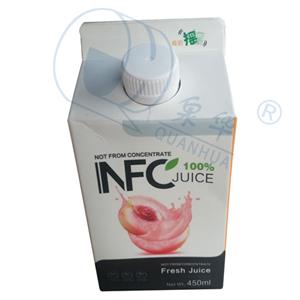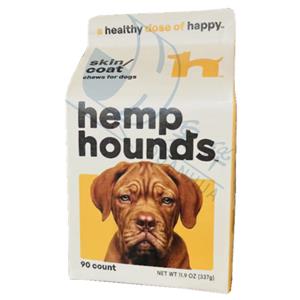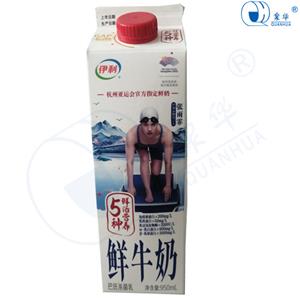Technical characteristics and requirements of carton slotting process
As a post-press processing method to improve the visual effect of packaging, it has gradually emerged and become popular in the field of electronic product packaging in recent years.A simple analysis of the slotting process from the following aspects.
1、Advantages of the slotting process
The grooving process refers to the use of a cutter to remove excess fibers on the surface of the cardboard or cardboard along a designed path to form a groove line to make it look like a groove.
The role of the slotting process is similar to that of the traditional indentation process, but compared with the latter, it has the following advantages:
(1) After the carton is formed, the edges and corners are distinct, and the appearance is simple and beautiful.
(2) It is convenient to insert double gray board or corrugated cardboard in the carton to increase the strength of the carton.
(3) Reduce the rebound force of the jammed paper, so that the carton is not easily deformed.
(4) The pre-folding process is omitted, which is convenient for subsequent bonding operations.
2、Types of grooves and process characteristics
There are three common groove types: V-shaped groove, L-shaped groove and U-shaped groove. According to the use effect of the product, the cardboard generally adopts V-shaped groove, and the folding angle is generally set to 95° (5° is the correction magnification value, the purpose is to eliminate the rebound force after the cardboard is folded). When the surface paper is folded to 90°, the two grooved slopes are just superimposed, the inner and outer corrugated lines are very beautiful, the lines have less color leakage outside, and the corrugated angles are clear.
But for some box types with special structures, the folding angle is sometimes larger or smaller than 90°.
The slotting process is to forcibly remove the paper fibers on the surface of the cardboard, which will cause the remaining fibers at the bottom of the slot to be very thin and easy to burst when folded. Therefore, it is necessary to coat one side of the cardboard or cardboard to enhance the toughness of the cardboard or cardboard, and then perform grooving processing on the reverse side.
3、Types and Selection of Grooving Equipment
At present, there are two kinds of commonly used slotting equipment: drum slotting machine and flat slotting machine. When selecting equipment, printing companies must make reasonable decisions based on the material and structural characteristics of the product.
The roller slotting machine adopts a new type of paper feeding unit, which wraps all the cardboard or cardboard that needs to be slotted on the drum surface with a diameter of 60cm, which can ensure that the cardboard or cardboard moves accurately when slotting, without deviation, and has high precision. , high speed and other characteristics, it is more suitable for the slotting processing of thin cardboard or cardboard with a quantitative weight of 450g/m2 or less.
The flat slotting machine is similar to the traditional flat die-cutting machine. Its working principle is to fix the cardboard or cardboard that needs to be grooved on a flat surface, and then use a cutter to groove along the designed groove line. Since the paper should not be bent and deformed during the slotting process, the flat slotting machine is more suitable for the slotting processing of thick cardboard or cardboard with a quantitative weight of more than 450g/m2, such as double gray board and MDF commonly used in wine packaging. and other rigid cardboards.




